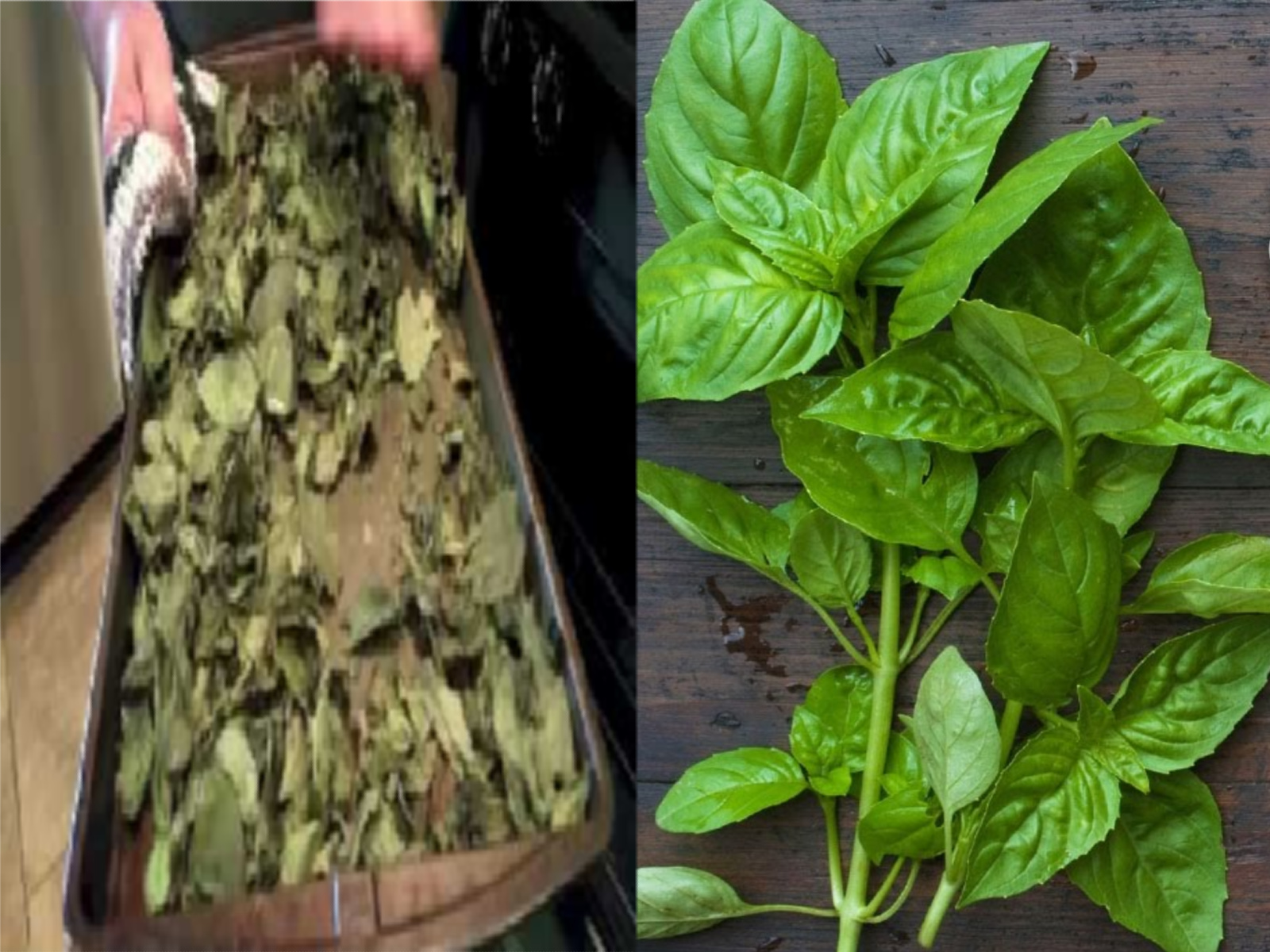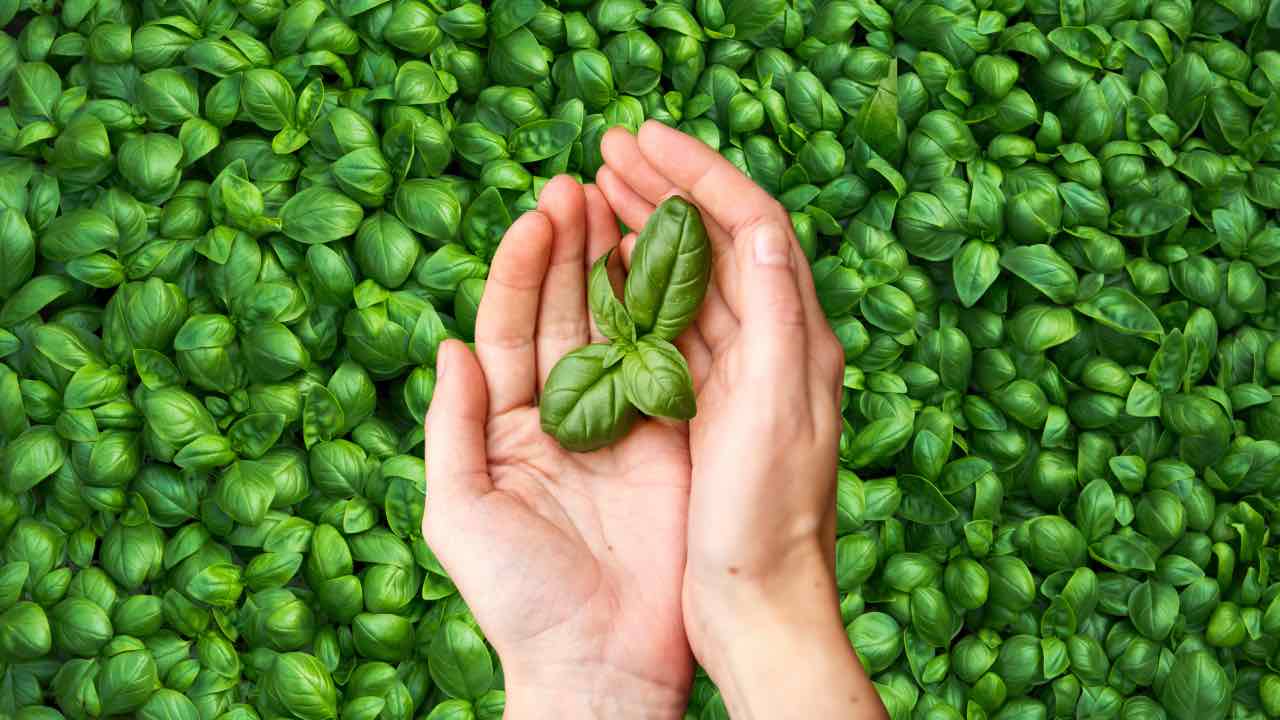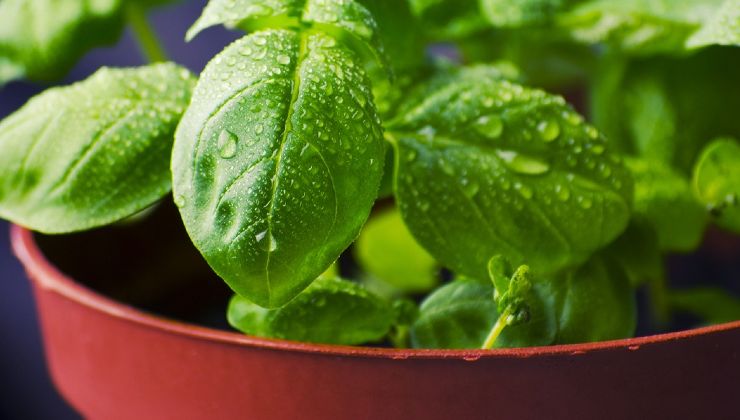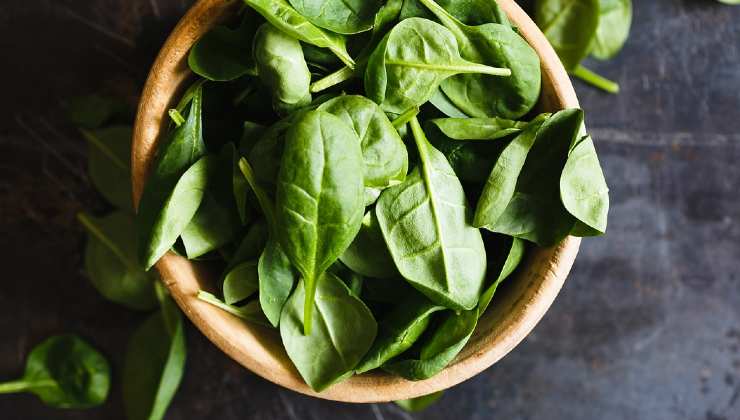
Unlocking Infinite Basil: A Nurseryman’s Trick Unveiled

The escalating cost of basil has prompted many to consider cultivating their own supply at home. While the prospect of purchasing additional seedlings remains, experienced nurserymen are sharing a clever trick to multiply basil indefinitely for free. Is it a complex endeavor? With a dash of patience and careful adherence to the recommended steps, even those without an established green thumb can achieve this remarkable feat.
Nurserymen’s Advice for Free, Infinite Basil
For those seeking an abundant supply of basil or aspiring to cultivate a garden teeming with seedlings, nurserymen propose a method to obtain countless basil plants without cost.

A lesser-known fact is that plants can be reproduced through seeds or cuttings. The latter involves taking a portion of the plant, such as twigs or leaves, preparing it to develop roots before planting. This method is straightforward and suitable for individuals without extensive gardening experience.
The essential tools for this endeavor include bags, basil soil, sterilized scissors, and hormonal root dust. Begin by cutting a stem from an adult basil plant, ensuring it measures at least 10 cm. Remove the smaller lower leaves and shoots to avoid hindering the development of new roots. Diagonally cut the stem to facilitate the growth of new roots.
Multiplying Basil: Step by Step
While there are various methods for reproducing basil, nursery experts recommend the water method. Once the stems are prepared, insert them into glasses filled with water. Place these glasses in a well-lit, warm area, avoiding direct sunlight. Allow the stems to remain untouched in this environment for two weeks.

Around the seventh day, roots will begin to emerge. Change the water every two days to prevent bacterial growth. After two weeks, remove the cuttings from the glasses and plant them in soil enriched with nutrients.
Keep the pot in darkness for three days to conserve the plant’s energy. This adaptation period sets the stage for positive and corrective development. After this period, relocate the pot to a bright area, watering every three days. In the initial days, the new plant requires ample water, but vigilance is crucial to prevent water stagnation.
Reproducing basil from leaves is also possible, though it is a more intricate method known to seasoned nurserymen. Exploring different ways to multiply basil becomes an enjoyable and cost-saving pursuit under the guidance of these industry experts.